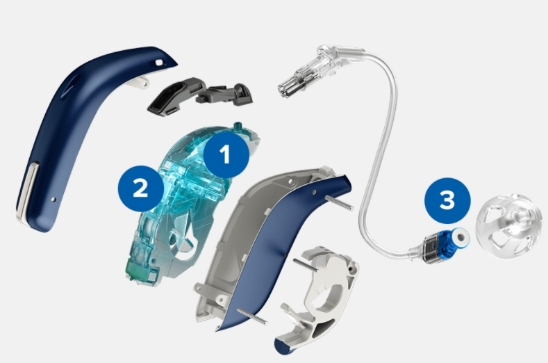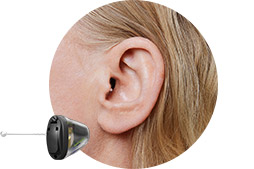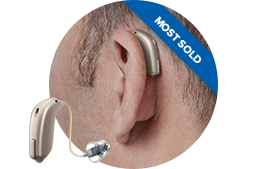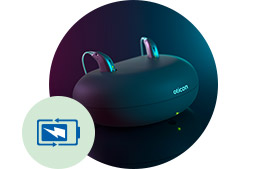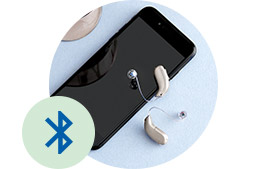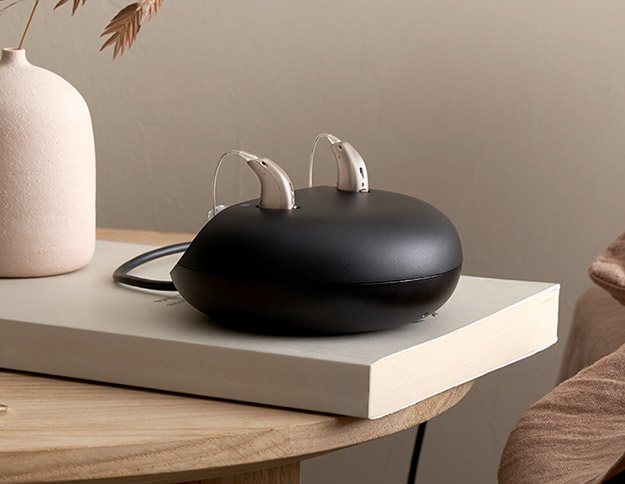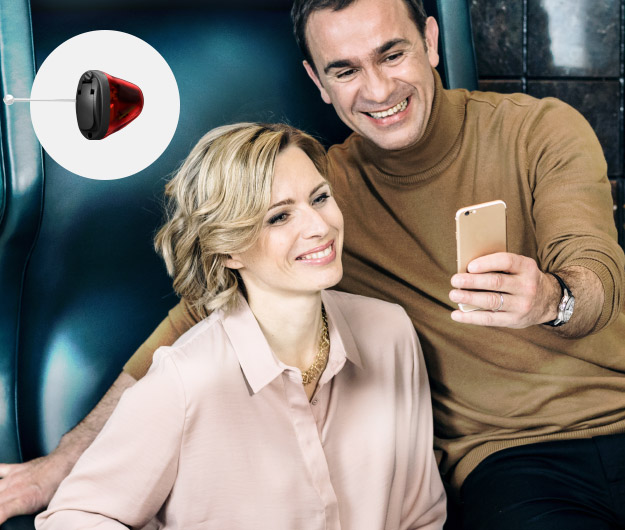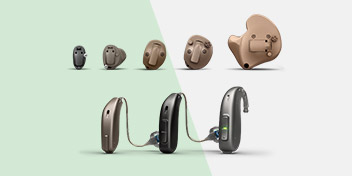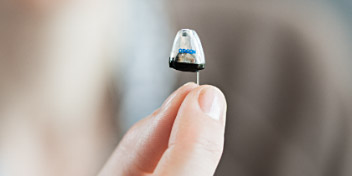Quality hearing aid solutions at HearingLife
If you are experiencing difficulty hearing, it could be due to issues with your outer ear, such as a blockage in the ear canal or damage to the ear drum. At HearingLife, we offer a variety of hearing aids that can help improve sound amplification and clarity for those with outer ear problems where no medical treatment is possible.
Background noise can be a major challenge for people with hearing loss. That's why our hearing aids are equipped with advanced noise reduction features that can help filter out unwanted background noise and improve speech recognition. Whether you're in a busy restaurant, on a crowded street, or at a lively event, our hearing aids can help you hear more clearly in challenging environments.
With our 90-day, risk-free trial period, you can experience life with them at home before you commit!
Everyone’s needs are different, and our hearing care professionals are here to help you choose the best fit for you ensuring that your hearing aid is not only equipped with the latest new advances in hearing aids. They'll even adjust it specifically to suit your lifestyle.


